“Dad, I want to try Virtual Reality!”
“Dad, I want to try Virtual Reality!”
The first time Diego, my eldest son, had the chance to experience Virtual Reality was in August 2014. He was very excited because I had told him a lot about the Oculus Rift, the virtual reality glasses that were in prototype stage in that time, and the potential of that technology. Of course, he had also seen some videos on YouTube that described the wonders of the new technology, so he really wanted to try it.
We were in Festigame (the most important videogames expo in Chile) at the only stand where you could actually try the device; it belonged to a snack brand that was promoting its products through a virtual reality experience. They had installed a roller coaster shaped seat and the experience was precisely a high speed ride through a roller coaster full of curves, ups and downs.
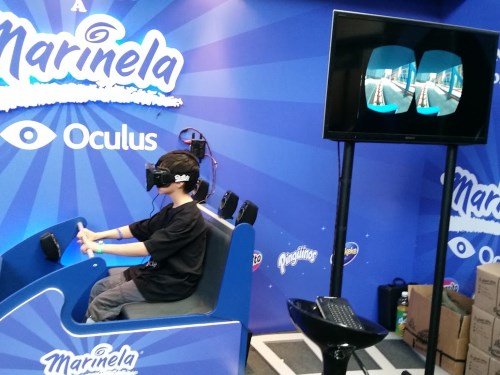
When his turn came, he sat very happy in the cart and the assistant put the heavy black device on his head, telling Diego that he should not remove it and wishing him to enjoy the experience. Those of us who were close to him could see on a monitor besides him what he was looking through the Oculus: a fast succession of curves, vertiginous descents and long climbs.
I saw him turn his head several times in different directions and he also raised his hand a couple of times, while I was thinking on how immersed he was to be lifting hands as if he really was on a roller coaster.
Upon completion of the virtual tour, which lasted only a couple of minutes, the attendant came back and removed the glasses. Surprisingly, there was not a bit of joy in his face, but a great expression of frustration. He said he had seen nothing, that everything looked black in the glasses and that he raised his hand and called several times for help, but no one had heard. He had not dared to stand up or to remove the device for fear of breaking it. The device had been accidentally turned off.
Fortunately, the attendant had the common sense to allow Diego to repeat the experience, this time making sure to turn on the device. But anyway, it was clearly not the best first experience for Diego.
During that weekend-long fair, I saw many people leave the same cart with expressions that denoted some degree of discomfort. Most people experienced the Virtual Reality for the first time, and not everyone finished with a happy face. In fact, knowing that I usually feel sick on a real roller coaster, I decided to skip trying the experience myself.
Many questions filled my mind. Does Virtual Reality work? Is it worth all the hype it is getting? Does this technology have any future?
To try to find answers to some of these questions, let’s start with the basics.
What is Virtual Reality?
Many people still believe that Virtual Reality is something very distant and unknown, which can only be seen in science fiction movies. Tron, Matrix or The Lawnmower Man are some of the many productions in which movie makers have given us their vision of this technology.
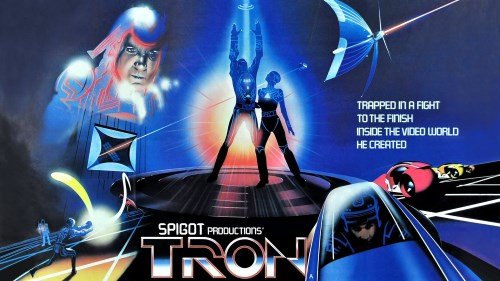
Of course, the Virtual Reality experience that Diego had two years ago cannot really be compared with the technology presented in these films. What is it, then, this so futuristic technology that seems to promise so much on these days?
Virtual Reality is a technology in which the user is immersed in a virtual world using a device that allows him to see and hear only what corresponds to this virtual world. The most common devices are head-mounted device (HMD) with optical viewfinders and headphones to deliver picture and audio to the user.
So the key for virtual reality to work is to “trick” the senses such as sight and hearing for the user to “feel” that is in another world, immersed in a virtual reality.
Why Develop Virtual Reality?
The potential of such a technology is hard to ignore. From the most obvious field, video games, to more “serious” applications such as industrial simulators, training systems and many others.
In medicine, for instance, it is easy to imagine the benefits of practicing a complex surgery on a virtual patient so that no human (or animal) life is at stake.

The same principle can be used for educational purposes, to teach subjects like biology or other sciences in a more didactic way.
World of Comenius, for instance, is an application that integrates a system for teaching subjects as anatomy and biology. Through experiences in which children can see and interact with human body models, this application can be used in schools so that students can learn while having fun.
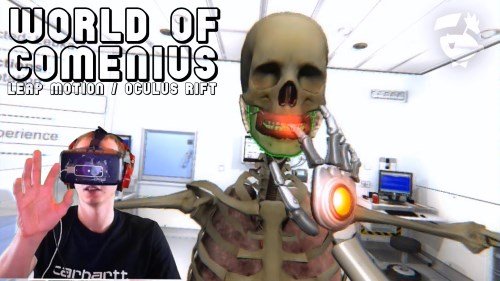
And so on, hundreds of developers around the world are developing games and applications for the new technology. Expectations, coverage and investment budgets have grown exponentially.
But this did not happen overnight. When did this Virtual Reality tech start? How did it get to its current state?
The Evolution of Virtual Reality
Virtual Reality, as a technology focused on the consumer level and particularly in the video game industry, is not as new as one might believe. Although it has evolved a lot in recent years, the first attempts to develop such technology and take it directly to consumer homes have already a couple of decades.
In 1995, for example, Nintendo released in the Japanese and North American markets a portable console called Virtual Boy, but it was a complete commercial failure.
Its specs were not comparable at all with the current devices given that the screen had a very low resolution and showed only two colors, black and red, among other technical details. It was also not supported by developers, reaching a total of just over twenty games. Its failure was sealed.
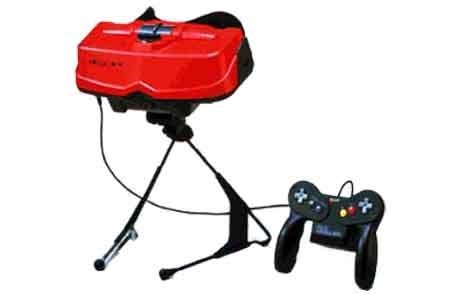
The next year, in 1996, the Forte VFX1 was released. It required a PC to work and, after a far from trivial hardware and software setup, it provided a quite remarkable experience for the time.
It was technically far superior to Virtual Boy and it presented many of the design cues that stand out in today’s devices. Unfortunately, its difficult setup, the price and other factors also turned it into a commercial fail.
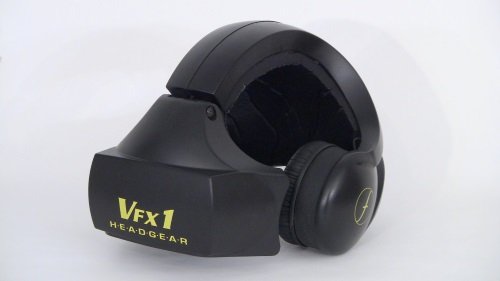
During the fifteen years that followed, a bunch of other devices with different features were released. None was commercially successful, but there was a clear vision of both researchers and entrepreneurs to find ways to realize this technology.
And then, Oculus VR appeared on stage. In 2011, the company launched a crowd-funding campaign on Kickstarter to create Oculus Rift, a virtual reality device that promised to have a significantly higher quality than any other device seen until then. The company intended to collect 250 thousand dollars, but they gathered ten times more: two and a half million dollars.
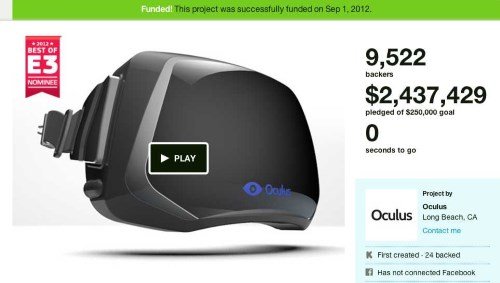
I am not sure what exactly did Oculus differently from its predecessors. Perhaps it was the ambition of what they promised, the tremendous marketing campaign, the eloquence of its leader, Palmer Luckey, or maybe they just had a little luck and launched the campaign in the right time.
But the undeniable fact is that the appearance of Oculus and the subsequent launch of its first development kit at the end of 2012, the Oculus DK1 (this is the version that Diego tried at the fair), was the turning point for reaching the current state of the technology.
Since then, the evolution of the VR technology and the emergence of new devices has been dizzying. The Oculus Rift itself was recently released after two major iterations of the device, and other two high-end devices have also appeared: the HTC Vive developed by HTC and Valve was also recently launched, and the PlayStation VR from Sony is announced for hitting the market later this year.
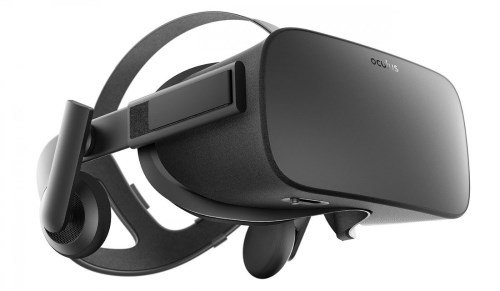
Additionally, lower cost lenses for using with mobile devices have already been released, such as Google Cardboard and Samsung Gear VR. Although the depth and fidelity of their experience is lower than the Oculus and Vive, they have the advantage of being much cheaper (especially the Google one) and, therefore, they are helping to bring the VR technology to a wider audience.
And these are just the major VR tech players. There are also multiple accessories that promise to improve the Virtual Reality experience, and several other devices that promise to be cheaper alternatives to the high-end ones.
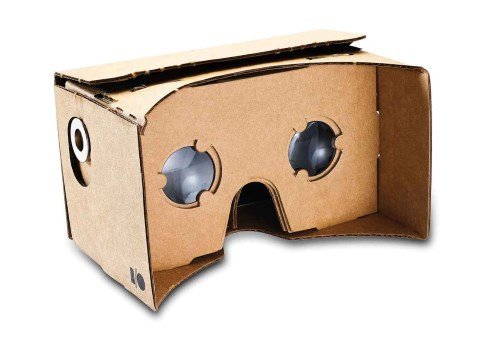
It’s a lot of devices and accessories!
If we now think of an average user who does not necessarily understand the technical differences of all devices, the truth is that the current state of technology does not seem very clear.
What is the difference between the Oculus Rift, the HTC Vive and the Google Cardboard? Does Virtual Reality work well? Is it true that VR causes dizziness or headaches? Does this technology have any future?
They are all valid questions and they don’t have obvious answers, so I will get deeper on these topics on the next Papa Game Dev article. Stay tuned!
Juan Pablo makes videogames since he was 8 and he is a father since 2004. Today, he has three children and he has worked in more than 20 videogames. He got interested on how paternity and the videogame industry are related and he decided to write about it, founding "Papa Game Dev".
Leave a Comment
Your email address will not be published. Required fields are marked *

